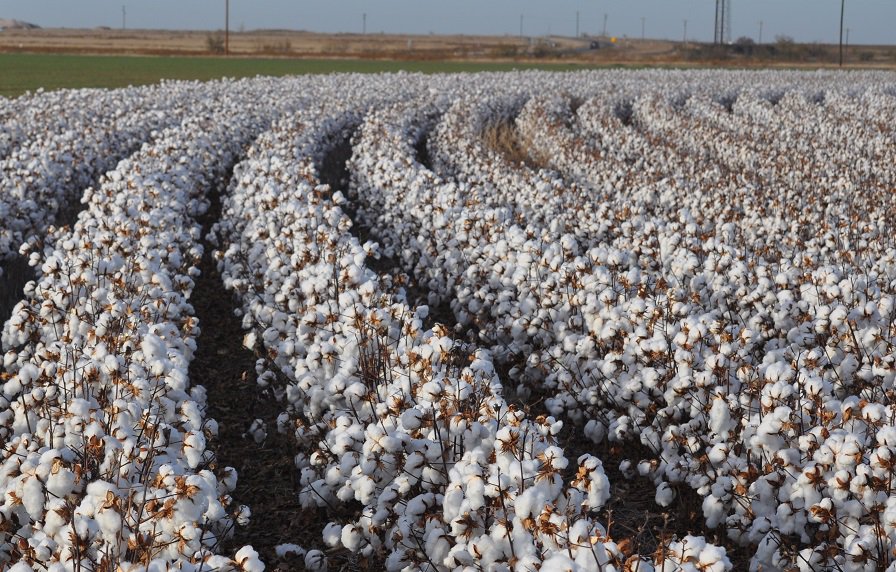The USDA’s September revisions of 2018/19 world cotton supply and demand involved some month-over-month additions to foreign supplies and ending stocks. World production was raised in China, Brazil, and the U.S., which together outweighed a cut in Australia. The net increase in production outweighed reductions in Indian carry-in as well as a 320,000-bale increase in foreign consumption, most of which was also in India. The bottom line was a modest and neutral-looking 360,000-bale increase in world ending stocks, month-over-month.
The real September surprise was in the U.S. cotton adjustments. As in the prior month, USDA gave us another increase in U.S. 2018/19 supply. This happened despite a 100,000-bale reduction in 2018/19 carry-in owing to an increase in 2017/18 U.S. mill use. USDA raised its U.S. production forecast by 447,000 bales based on revised planted acreage numbers and follow-up field sampling. U.S. 2018/19 exports were raised by 200,000 bales to account for more exportable surpluses. The bottom line of these changes was a month-over-month upward adjustment from 4.6 million to 4.7 million bales of ending stocks (Table 1, Column 3).

The expected month-over-month effect on old crop prices was bearish. However, there is still a lot of uncertainty providing support for the old crop market. First of all, Hurricane Florence has damaged some cotton in the Southeast that will perhaps lead to hundreds of thousands of fewer bales of old crop production. Second, the seasonal pace of old crop exports remains historically high. Third, there are some long-term questions about whether and how much USDA is overestimating cotton supplies in India. All of these factors may be keeping speculative longs in the market, while keeping speculative shorts from expanding.
Another implication of the old crop adjustments is it reinforces the excess supply problem in the new crop outlook. Even with some hurricane losses, having over four million bales of beginning stocks plus a 21-million bale crop adds up to a potential excess supply problem. And, I consider the supply numbers in Table 1 (Column 4) to be somewhat conservative, e.g., 850-pound yield and ten percent abandonment. If we have a stronger El Nino effect next winter and spring, we could have higher yields and lower abandonment.
It is obviously too early to conclude anything, but it’s not too early to plan for potential downside price risk if new crop ending stocks exceed six million bales.
For additional thoughts on these and other cotton marketing topics, please visit my weekly on-line newsletter at http://agrilife.org/cottonmarketing/.


